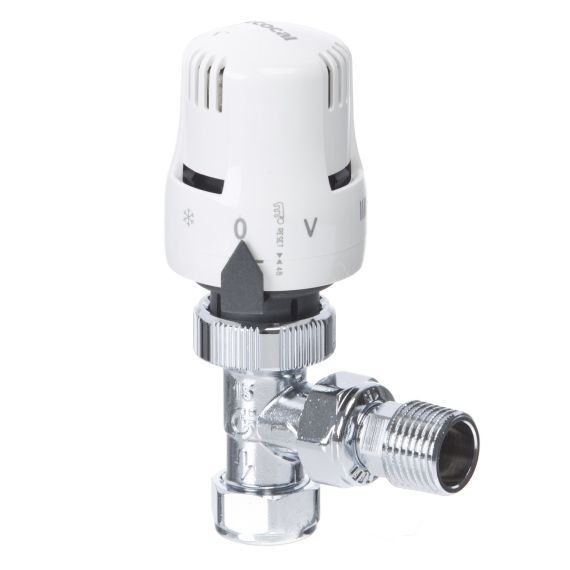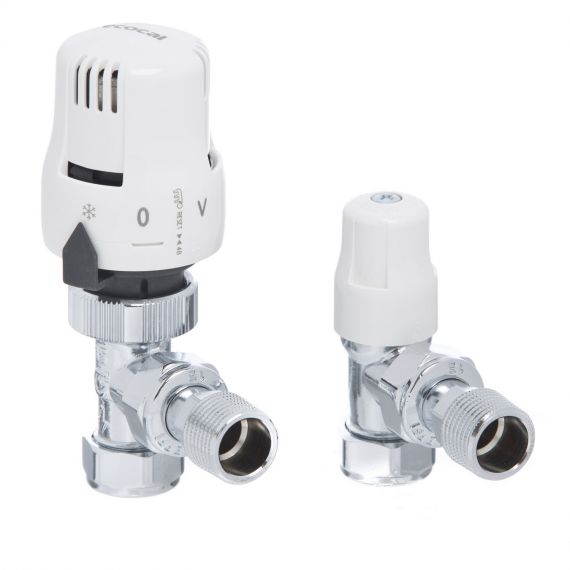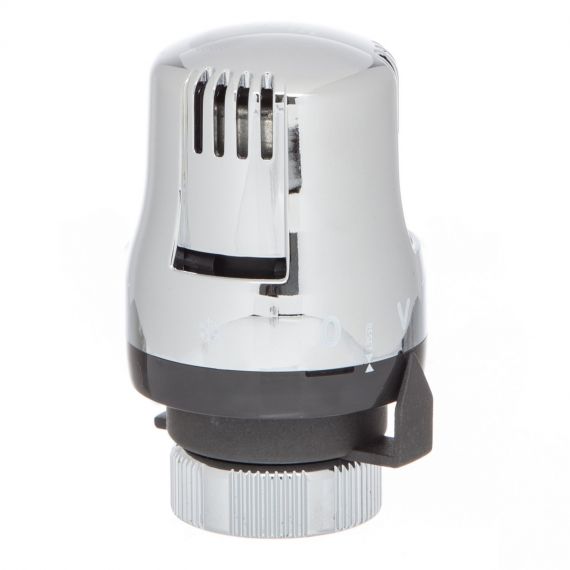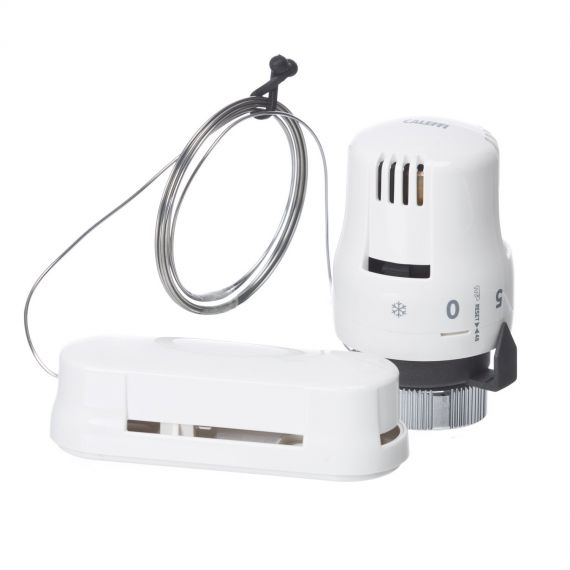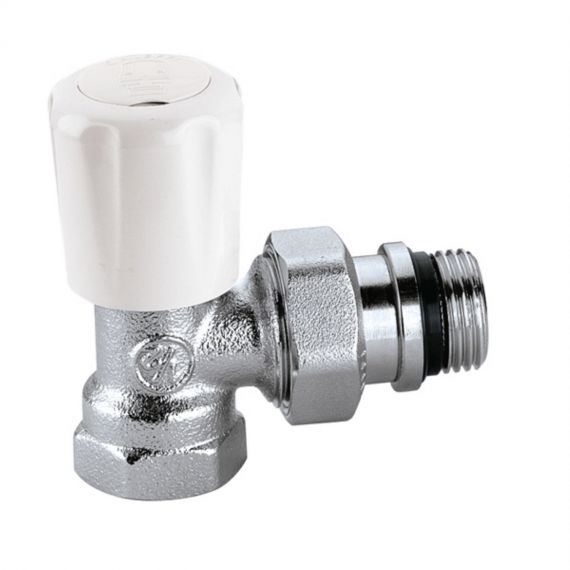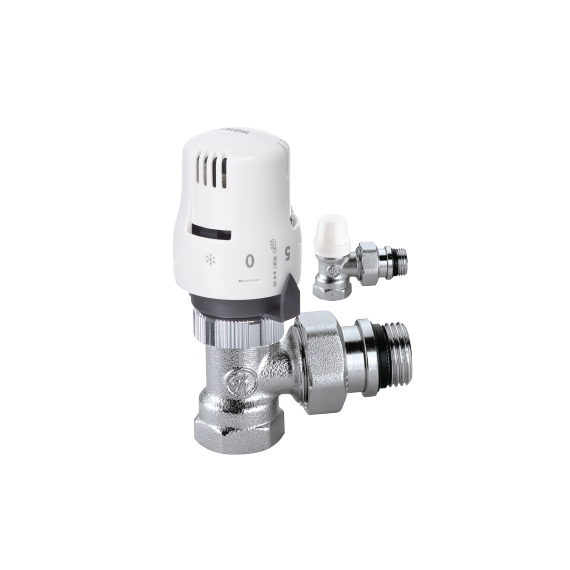ECOCAL™ THERMOSTATIC RADIATOR VALVES
Thermostatic valves are typically used for regulating the water flow to the radiators of central heating systems.
A thermal regulating element automatically controls the opening of the valve to keep the ambient temperature of the room where they are installed constant at the set value.
This prevents unwanted temperature changes and achieves energy savings by keeping the temperature constantECOCAL™ TWIN PACKS
The Altecnic range of radiator valves are of durable construction giving dependable performance for building services and domestic applications.
Their aesthetic design satisfies the requirements of modern commercial buildings and domestic interiors.
Chrome plated bodies with white thermostatic controllers and lockshield covers give an unobtrusive appearance and complements most decors.
For more stylistic modern decors valves are available with chrome finish thermostatic controllers and lockshield covers.
The inlet connection of the valve body is either compression or push fit for use with copper tube.
Supplied with manual cap for stem protection and manual isolation.
Altecnic thermostatic radiator valves are BS EN 215 certified.COMMERCIAL PRE-SETTABLE THERMOSTATIC RADIATOR VALVE
The Altecnic range of pre-settable radiator valves are suitable for use with the ecocal manual handwheel operator or thermostatic controller.
They are used to control the room temperature by regulating the flow of hot water into the radiator or other heat emitter.COMMERCIAL PRE-SETTABLE THERMOSTATIC RADIATOR VALVES TWIN PACK
● Temperature setting range: 7°C - 28°C
● Max differential pressure: 1 bar
● Frost setting: 7°C
● Order with CA-200000 Ecocal™ standard head and collar
Helpful articles about Domestic Plumbing & Heating
Can’t find what you’re looking for?
If you still require further assistance finding the product or service you need, why not get in touch with our dedicated team of experts? Alternatively, you can find your nearest stockist of Altecnic products.
Find a Stockist
Altecnic products are available across the UK, Northern Ireland and Republic of Ireland through all good trade counters. Find a stockist today.Contact Our Team
Our team of experts are always on hand to answer any questions you may have about our products. Contact us today with your query.
![]()
Having trouble finding the product you need?
Our team of experts are always on hand to assist you with any product queries you may have. Contact us today and let us point you in the right direction.

